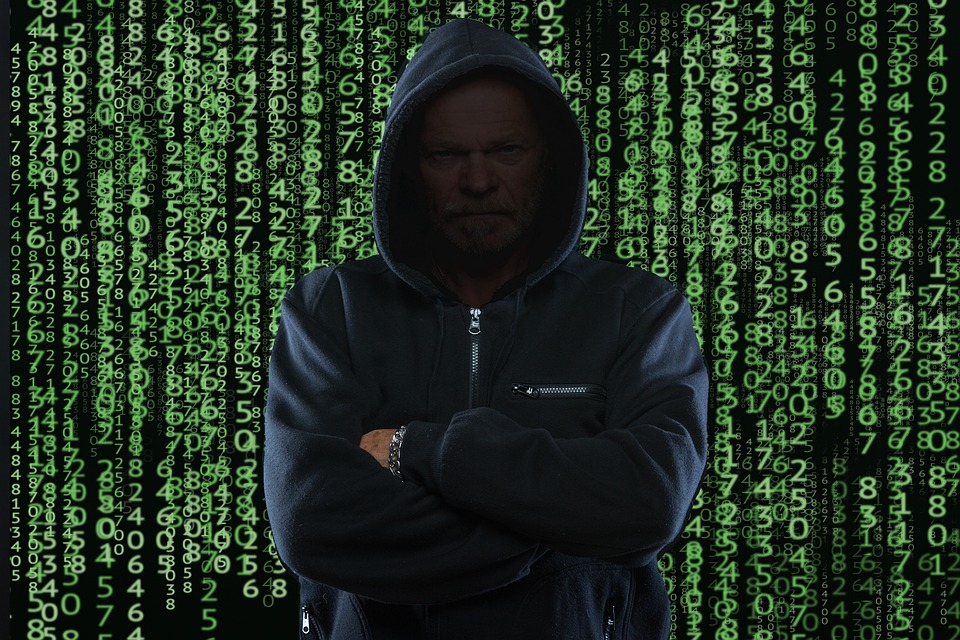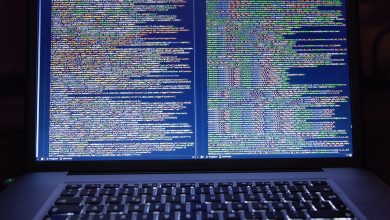
Hacking pranks have become increasingly prevalent in today’s digital age, with individuals and organizations falling victim to cyber attacks that can range from harmless pranks to malicious hacks. But who is behind these keyboard warriors, and what motivates them to engage in such activities?
Hacking pranks, also known as “hacktivism,” are typically carried out by individuals or groups who have a strong sense of social or political activism. These hackers often target high-profile websites or organizations to raise awareness about a particular issue or cause. They may deface websites, leak sensitive information, or disrupt services in order to draw attention to their cause.
One of the most well-known hacking groups is Anonymous, a decentralized international collective of activists and hacktivists who engage in various cyber attacks in the name of social justice. Anonymous has targeted governments, corporations, and organizations that they believe are engaging in unethical practices or infringing on individuals’ rights.
However, not all hacking pranks are carried out by politically motivated groups. Some hackers engage in pranks simply for the thrill of it, seeking to test their skills and challenge themselves by breaking into secure systems. These hackers may deface websites, create fake social media accounts, or engage in other activities that are intended to cause mischief rather than harm.
In recent years, hacking pranks have also been used as a form of cyberbullying, with individuals targeting others for personal reasons or to exact revenge. These hackers may leak sensitive information, harass individuals online, or engage in other malicious activities that can have serious consequences for their victims.
Despite the prevalence of hacking pranks, identifying the individuals behind these attacks can be challenging. Many hackers take steps to conceal their identities by using tools such as virtual private networks (VPNs) and TOR browsers to hide their IP addresses. Additionally, hackers may operate in groups or use pseudonyms to further obfuscate their identities.
Law enforcement agencies around the world are working to combat hacking pranks and hold perpetrators accountable for their actions. However, the anonymous nature of the internet and the global nature of cyber attacks make it difficult to track down and prosecute individuals who engage in hacking pranks.
In conclusion, hacking pranks are a complex and multifaceted phenomenon that can have a wide range of motivations and consequences. Whether carried out by politically motivated groups, thrill-seeking individuals, or cyberbullies, hacking pranks raise important questions about security, privacy, and ethics in the digital age. As technology continues to evolve, it is crucial for individuals and organizations to remain vigilant and take steps to protect themselves from potential cyber attacks.





